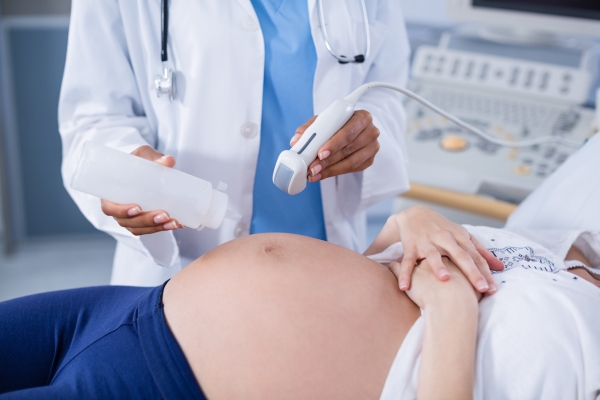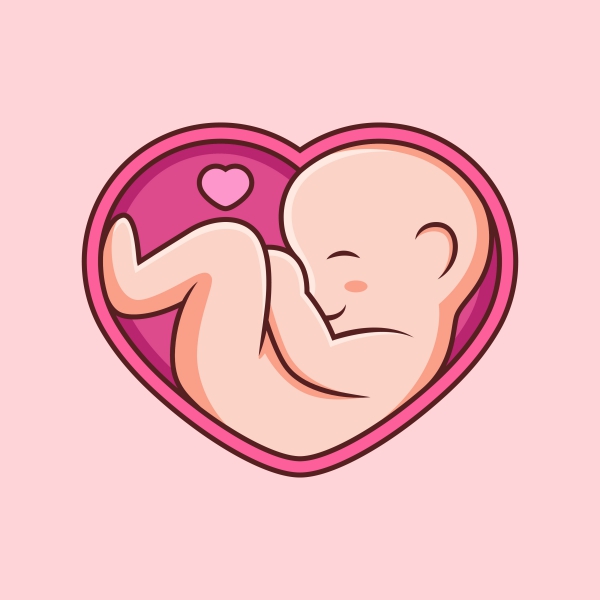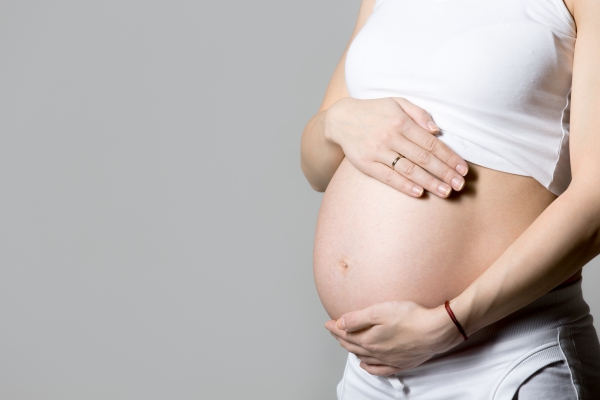What is abruptio placentae?
Abruptio placentae, also known as placental abruption, is a complication of pregnancy where the placenta separates from the wall of the uterus before childbirth. The placenta is an organs which develops exclusively during pregnancy which serves as a connection between the mother and the baby. It provides the baby with oxygen and nutrients as well as removing waste from the baby’s blood. The baby is linked to the placenta via the umbilical cord and the placenta is normally attached to the wall of the uterus.
When the placenta starts to detach from the uterus prior to childbirth, this results in bleeding, uterine contractions and fetal distress. In the United States, around 1% of pregnant women have placental abruption. In 0.12% of pregnancies, a severe placental abruption can result in death of the baby. It is more common in African American women compared to white or Latin American women. It is more likely to occur among women in low socioeconomic classes. There is an increased risk of having the condition among pregnant women aged below 20 years and those above 35 years.
What are the causes of abruptio placentae?
The exact cause of placental abruption is unknown. However, there are several factors that may contribute in the development of the condition. These include:
- Pregnant woman with hypertension
- Trauma such as motor vehicle collision, assaults or falls
- Cigarette smoking
- Alcohol consumption
- Use of cocaine
- Having fibroids in the uterus
- Having a history of placental abruption
- Infection inside of the pregnant uterus
- Prolonged rupture of amniotic membrane
- Being aged 35 years or older
- Low socioeconomic status

What are the signs and symptoms of abruptio placentae?
Abruptio placenta is usually classified according to its severity. The symptoms vary with the different stages of placental abruption. The condition is classified as the following:
- Class 0 – No symptoms present
- Class 1 –Mild (around 48% of cases)
- Class 2- Moderate (around 27% of cases)
- Class 3- Severe (around 24% of cases)
Class 0 does not present with any symptoms. It is usually diagnosed after delivery when a blood clot or a dent is found on the placenta.
Class 1 usually presents with the following symptoms:
- No or little vaginal bleeding
- Uterus slightly painful to the touch
- Normal blood pressure
- Normal heart rate
- Baby not in distress
Class 2 usually presents with the following symptoms:
- No to moderate vaginal bleeding
- Moderate to severe pain when touching the uterus
- Increased heart rate
- Changes in blood pressure
- Baby is in distress
- Decreased fibrinogen (protein essential for blood clotting) in the blood

Class 3 usually presents with the following symptoms:
- No to heavy vaginal bleeding
- Very painful uterus
- Decreased fibrinogen in the blood
- Death of baby
- Cold and sweaty skin
- Increased heart rate
- Decreases blood pressure
- Difficulty to breath
- Confusion
- Anxiety

How is the diagnosis of abruptio placentae made?
To make the diagnosis of abruptio placentae, your doctor will first begin by asking you a series of questions to know more about your symptoms. He/she will then perform a physical examination to look for signs of abruptio placentae. This will include looking for uterine rigidity and tenderness. In some cases, the diagnosis of placental abruption can be made only through a clear history and physical examination. However in some cases, other tests may be requested to aid the diagnosis and guide the management. These include:
- Blood tests: This will enable assessment of the patient’s current hemodynamic status. Levels of fibrinogen in the blood is also measured. Other coagulation markers may also be measured through blood tests. Many women with abruptio placentae may eventually need blood transfusions. Therefore, it is also important to test for the blood group in order to have the required blood pints if transfusion is necessary.
- Ultrasound: This is an imaging technique that is readily available in healthcare facilities. It involves the use of a transducer that emits sound waves to recreate the images of the uterus, baby and placenta.

How is abruptio placentae managed?
It is impossible to reattach the placenta after separation from the vaginal wall. The management of placental abruption depends on the degree of placental separation. The choice of treatment also depends on the number of weeks of pregnancy. The following factors are usually taken into consideration:
- Baby is not close to being full term: In the case where the abruption is mild and that the baby is not in distress, the mother may be admitted and monitored closely in order to keep the baby in the mother’s womb for as long as possible. You may eventually get back home if the bleeding stops and your baby is fine. Dexamethasone injections may be given to help the baby’s lungs to mature if ever it becomes necessary to deliver the baby sooner.
- Baby is close to being full term: If the abruption is minimal and the baby is close to being full term, vaginal delivery may be done under close monitoring. However, if the abruption is severe, or the baby’s condition is worsening, an immediate delivery by caesarean section is warranted.
In some women, blood transfusion may be necessary. If you have been diagnosed with abruption, your doctor may recommend bedrest.

What are the possible complications of abruptio placentae?
The main complication of placental abruption is bleeding. The placenta is a highly vascularized structure, therefore, when it detached from the uterine wall, haemorrhage usually occurs. In some cases, the blood may flow out of the body through the vagina. In other women, the haemorrhage may be concealed, that is, the blood pools behind the placenta (in between the placenta and the wall of the uterus). When this happens, a hematoma forms further compressing the blood vessels in the placenta. Compression of blood vessels disrupts the blood flow to the baby, hence leading to fetal distress or even death of the baby.
What is the prognosis of abruptio placentae?
If left untreated, placental abruption and continued bleeding can lead to fetal and maternal distress. It can also result in the death of both the baby and the mother. The higher the degree of placental separation, the more severe the fetal distress is. If the separation of the placenta is near-complete or complete, death of the baby is inevitable unless caesarean section is performed immediately.

Source:
Deering, S., 2018. Abruptio Placentae.
Abu-Heija A, al-Chalabi H, el-Iloubani N. Abruptio placentae: risk factors and perinatal outcome. J Obstet Gynaecol Res. 1998 Apr. 24(2):141-4.
Oyelese Y, Ananth CV. Placental abruption. Obstet Gynecol. 2006 Oct. 108(4):1005-16.
Ananth CV, Wilcox AJ. Placental abruption and perinatal mortality in the United States. Am J Epidemiol. 2001 Feb 15. 153(4):332-7.


